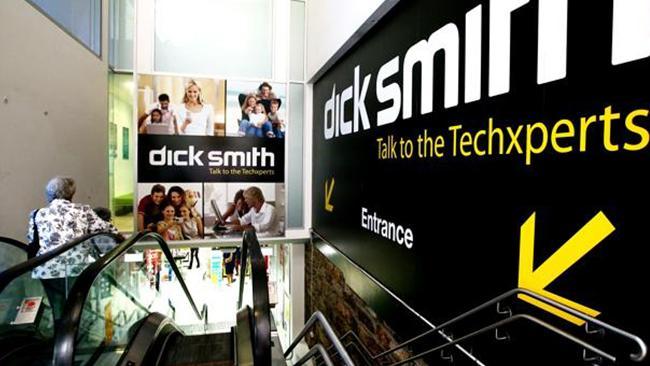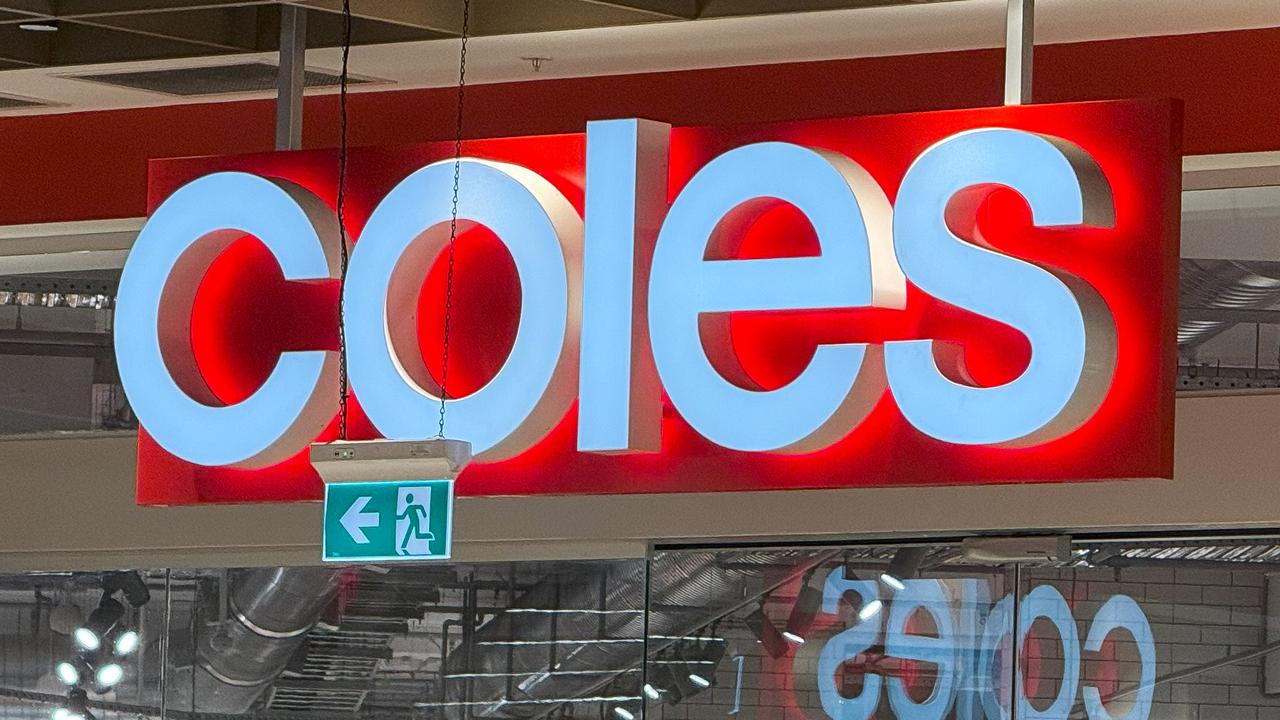The Dick Smith disaster explained in five easy steps
HOW does the largest consumer electronics chain in Australia turn to dust? The answer is almost certainly down to one event.

DICK Smith has entered administration and that is a big joke for some people.
Dick Smith was always the wrong name for a tech store. It is, however, the right name for a company offering circumcisions and Viagra.
— Jack Yan ç”„çˆµæ© (@jackyan) January 4, 2016I don’t exactly understand the fiscal implications of the Dick Smith situation but BOY it feels good to make fun of them so ???
— Götter Dameron (@fauxparse) January 5, 2016This isn’t funny. It is not just a corporate disaster. It is a personal disaster. Dick Smith has 3300 employees and today all of them are sick with worry. Dick Smith’s suppliers could also lose their businesses. Dick Smith gift cards are now worthless and that has probably ruined Christmas presents for many families.
Marriages will break down. Families will have their homes taken by the bank. Kids will have to move away from their friends.
Men and women will get stressed and depressed, sick and suicidal.
Sure, we take some schadenfreude as CEO Nick Abboud slides from getting paid $2.6 million in one year to the scrapheap. But the grief of this event affects thousands more ordinary people, out of public view.
Why did this happen? How does the largest consumer electronics chain in Australia turn to dust?
The answer can almost certainly be traced to 2012, when a private equity firm called Anchorage Capital bought Dick Smith from its previous owner, Woolworths.
In November 2012, Anchorage Capital paid Woolworths $20 million upfront for the electronics retailer, and promised around $80 million later. A year later, in 2013, they floated it on the stock exchange for $520 million. Pretty impressive, huh?
Private Equity companies have a reputation for doing this sort of thing.
What happened in the middle is a triumph of contemporary business practice, and it is all perfectly legal. Months ago, one funds manager called this “the greatest private equity heist of all time.”
Anchorage Capital refused to talk to me for this story. So here is (some of) what they did, as determined from public records.
Step 1: Write down the value of your inventory.
For example, that TV on the shelf? It was on the books for $200. Write it down to $100. This is pure accounting.
The books show “fair value adjustments” of $58 million to the value of Dick Smith’s inventory in 2012. That adds a healthy dose of breathing room.
Step 2: Have a big sale!
The TV gets sold for, say, $180. That goes down as $80 profit.
In 2012-13, when Dick Smith was owned by private equity, its profit after tax was $140 million — more than the business was bought for! Normally the price of a company is equal to many year’s profits, not several months. (Why was the profit so good? Had Anchorage turned his company around so fast? The answer came in 2014 when profits fell to $20 million.)
Step 3: Don’t buy much new inventory.
Inventories fell from over $300 million when Anchorage bought Dick Smith, to $170 million in 2012-2013, when the company was about to be sold.
This can’t last. Retailers need things to sell. Inventories rose to $250 million in 2013-14. In 2014-15 they rose again to nearly $300 million.
Step 4: Start opening new stores.
This way you can show extra sales growth as well as profit growth. In 2012-13 Anchorage opened 10-15 new stores, and took over the electronics departments of David Jones.
Step 5: Sell out.
At the end of the June 2013, Anchorage has a company with little inventory, sales growth and big profits. The books look amazing.
It’s time to sell this thing before next year’s annual report comes out.
Anchorage sold 80 per cent at the time of the stockmarket listing in December 2013.
But surely the big investment companies wouldn’t fall for that? Would they?
Somehow they would. Investors in the float of Dick Smith included some big names.
Anchorage sold their last 20 per cent 10 months later, when the company was still seemingly worth what they sold it for. The company would last for only a year more. Dick Smith was worth just 15 per cent of what Anchorage got for it when it went into administration.
I want to make an important point — the end of Dick Smith is not all Anchorage’s fault. If there were more customers for Dick Smith, or if its management had done things differently after Anchorage sold it, this disaster could have been avoided.
But Anchorage started Dick Smith on a path of growth. A company that intended to keep Dick Smith for a long time might have shut stores instead of opening them. Might have played it safe instead of trying to pump up the tyres til they were on the brink of bursting. But Anchorage Capital was never that company. It always planned an exit. That’s what private equity firms do.
The owners of Anchorage might be at the coast right now, sitting on the deck of a really enormous beach house. Meanwhile, thousands of people who actually worked for Dick Smith face a 2016 that is going to be very painful.
ANCHORAGE HAS DONE THIS BEFORE
The private equity company that famously bought electronics retailer Dick Smith cheaply and floated it on the stock market for half a billion has quite a history.
Dick Smith is not the only company Anchorage Capital has been involved in that mysteriously started wobbling after they sold it.
For example, Anchorage Capital owned Burger King New Zealand from 2009 to 2011.
Shortly afterwards the headlines in the New Zealand business press were all about Burger King’s financial problems.
It made $2 million loss in 2012, a $4 million loss in 2013, and a $7.5 million loss in 2014, according to reports.
Anchorage Capital also owned canned fruit company Golden Circle from 2007 to 2008.
They sold it to America’s Heinz. Shortly afterwards, Heinz decided to close three plants and sacked 300 workers.
Of course, it may just be that companies sailing close to trouble are the kind bought and sold by private equity firms. And perhaps those companies would be in far bigger trouble if not for the steadying hand of Anchorage Capital. And Anchorage has sold other companies that have gone on to do just fine.
But it will be very interesting to see what happens to Brand Collective, which is home to brands like Dunlop volley, Grosby and Julius Marlow.
Anchorage bought it in 2014. If it ever floats on the stock market, buyer beware.
Jason Murphy is an economist. He publishes the blog Thomas The Think Engine. Follow him on Twitter @jasemurphy.




